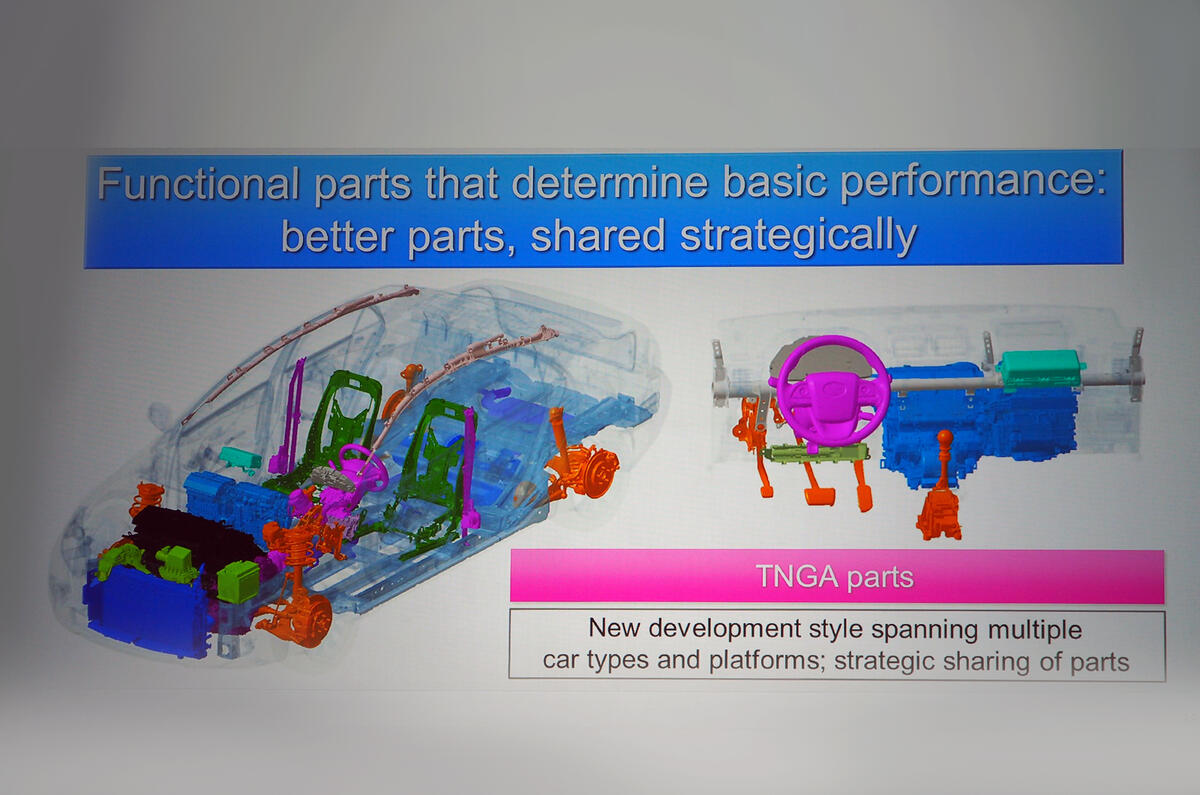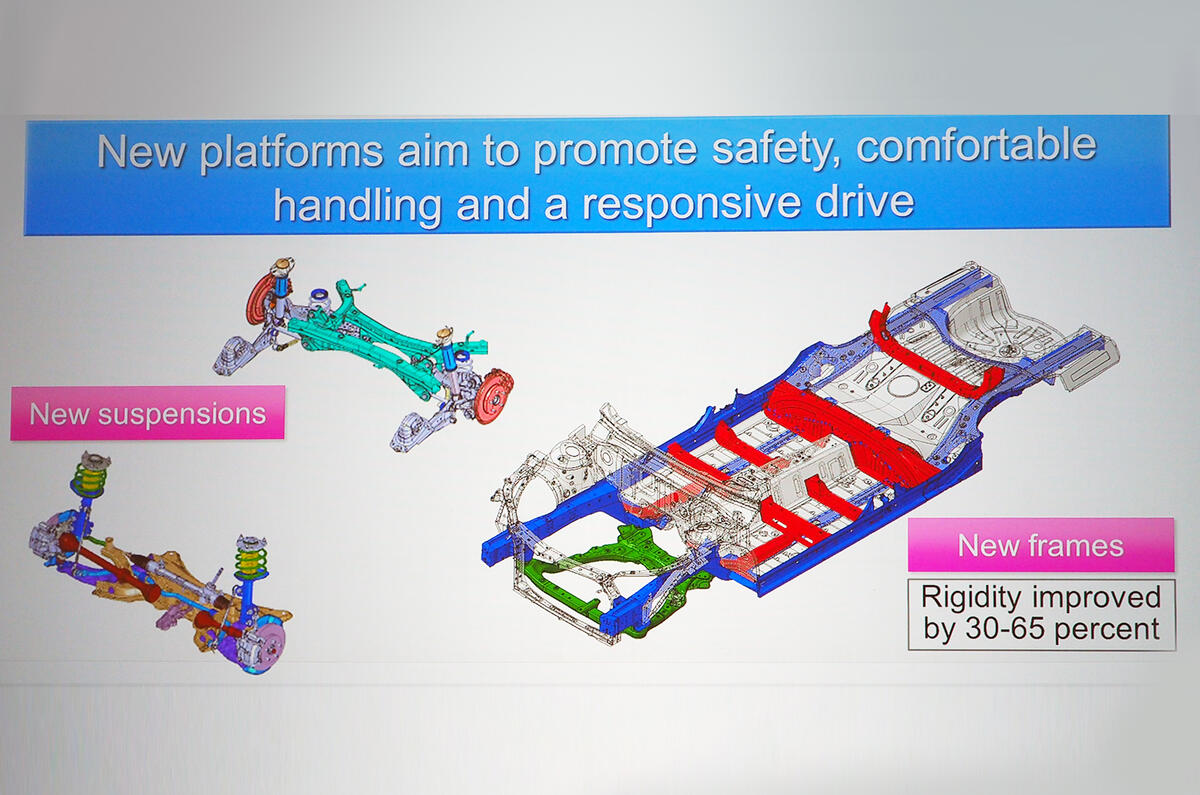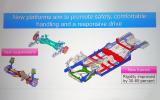Toyota says its has completely re-thought the way its future car factories will operate.
Its plans for the new-generation factories - nicknamed ‘simple and slim’ - are well advanced. Toyota claims they will be 25% smaller than existing plants, require 40% less investment and emit up to 55% less CO2.
Toyota also plans to re-engineer the production lines so they can be shortened or lengthened in less than 80 minutes.
It’s claimed that a standard line can be shrunk from a 100,000 car-per-year capacity to just 50,000 cars, or vice versa. This would allow capacity to be easily reduced or increased depending on demand.
The simplification of the line-side equipment is key to this, along with a new type of super-slim modular conveyor belt, which is laid on the factory floor, rather than being dug into a pit.
In order to allow this new conveyor belt to be made longer or shorter, the line-side equipment – such as the arm, which holds the car’s doors as they are swung into place - is mounted on wheels.
Because this equipment is not physically attached to the ground or the structure of the factory, it allows the production line to become truly modular. This means adding extra features to an existing vehicle is now much easier, because a new workstation can be added to extend the production line.
Toyota will also remove the overhead conveyor lines from its new-generation factories. This, it says, has a number of useful knock-on effects. The new factory buildings will be much more simply constructed because they do not need a heavy-duty structure to carry the weight of production equipment.
Senior Toyota engineers told Autocar that the new production lines would get much more natural light and that the problems of cleaning and maintaining conveyors in the roof of a building had been eliminated.
The combination of the surface-mounted conveyor and the removal of overhead lines led to Toyota describing the new factory philosophy as ‘no hanging and no digging’.
Toyota production engineers have also dramatically shrunk the paint shop, traditionally one of the most expensive investments in any factory. The current shops are 13m high, 6m wide and 189m long. Toyota’s new compact paint line is just 6.5m high, 4.5m wide and 149m long. One of the new paint technologies is a Dyson-style giant centrifuge, which traps paint spray waste.
The engineers say the new lines are 40% cheaper to build and use 40% less energy.










Add your comment